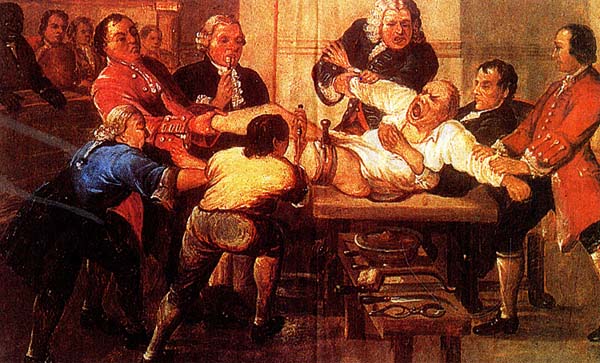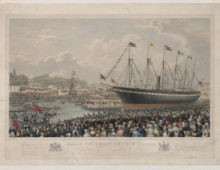The Surgeon’s Blade: Mick Crumplin’s new Medical Blog
March 10, 2017 - Mick Crumplin in News & Blog Posts, The Surgeon's Blade
Mick Crumplin introduces his new medical blog for Waterloo 200
How many military historians properly understand the real sinews of war? The human aspects of conflict are some of the most fascinating, appalling and amazing in terms of what redcoats and matelots had to go through and sometimes would survive beyond all expectations.
On the other hand servicemen died from a trivial injury or infection. Diseases such as dysentery, typhoid, malaria, typhus, septicaemia, pneumonia and many others, are what killed around 80% of our soldiers and 90% of our sailors 200 years ago.
Despite both anaesthesia and antisepsis being discovered between conflicts, significant leaps ahead in medicine and surgery were accelerated in times of war. This blog might help to explain oft forgotten suffering and medical advances, such as they were.
Read the first blog post on Wellington’s Scottish Doctors.
Mick Crumplin is the author of The Bloody Fields of Waterloo: Medical Support at Wellington’s Greatest Battle. Email [email protected] for more information.



